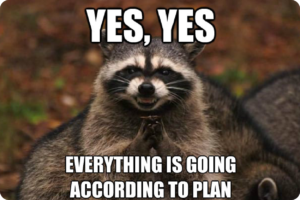
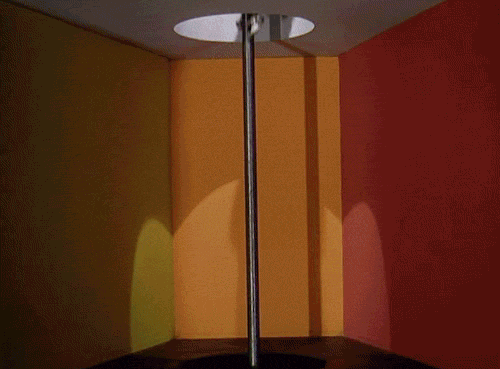
Yet for many small businesses, we do not create a plan for the business culture.

Why?

Most likely not.
Was it?:
Blogs like this can be delivered to your inbox.
Every Thursday.




Every Thursday.

I get contacted by sales people all the time asking me if I would like to attend their events. Oddly and they all seem to use the very same sales pitch. If you receive these calls, then I assume you have heard this sales pitch too:
“Your competitors are attending!”
It is basically going back to the old phrase:
“Everybody’s doing it” and reminds you of:
Now this sales pitch must be very effective because it is repeated, over and over again.
So why does this technique work for sales people?
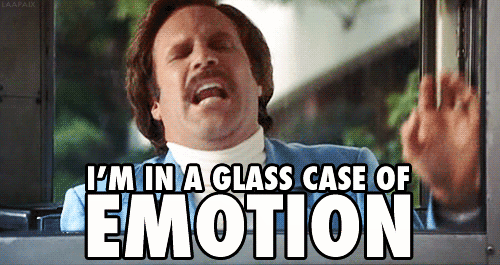
I would be lying if I said that when sales people said that my competition was attending that I didn’t have the immediate urge to attend as well. I am a very competitive person, I believe that my company should have ALL the business and not share any prospect or revenue. (realistic, I know)
Even part of me wants to attend just to single-handedly make it a worse event for my competition. But then logic kicks in. Asking questions such as; is this profitable? Is this the best way to spend the budget?
When I ask myself these questions, I am quick to talk myself out of attending.
See, if I am going to invest thousands of dollars of my marketing budget and take employees away from their day-to-day activities, I want the ability to grab leads and close them quickly without them knowing about my competition.
Just think about it, the instant your competition is at the show, is the instant you will have to get in a discussion about how you compare to your competitors, this prolongs the sales cycle and not to mention probably significantly lowers the conversion rate (assuming your competition is comparable is some way).
Sometimes if the show is large enough, or has the correct audience.. maybe. But most likely, I am leaning towards “no”.
Emotion from competition plays a huge role in our marketing strategies.
Think what you do the instant you want to optimize your site? You go to your competitor’s website and see their meta description to help you come up with keywords, then implement it to your own. This is common practice, but when you break it down – You are actively looking for keywords that are not easily obtainable.
What do you do when you have copy writing issues? You go to your competitors’ marketing materials and see how they talk about their product and copy it. This strategy completely ruins any product differentiation and tends to hurt you rather than help.
Lastly, you look at your competitors; paid search and go afters similar keywords. Now you get to go head to head and pay more per word! Great way to optimize a budget. (totally kidding here)
I am not saying that you should not look at your competitors at all, but I am saying do not base decisions off of it.
In undergrad (go Drake Bulldogs!), I had a creative advertising professor that said, “not all agency ads are good ads.”
At the time we all dreamed of working for agencies and admired all the work that came our of these creative firms. My professor said this to outline that, just because someone is doing something.. doesn’t mean it is done correctly.
I believe this also applies to your competition. How do you know that the content your competitor produces is worth copying? How do you know the keywords are the best ROI? And how do you know their PPC campaign is even profitable?
The truth is, due to our competitive nature – we make assumptions.

Companies actively choose to go head-to-head without making decisions based on their own data or customer base.
This thought process leads to entire industries to have minimal product differentiation, which then just leads to a battle on price. If you are a very large company with buying power, maybe this is the battle you have always wanted.
Although for the vast majority of companies created, I doubt their mission statements are
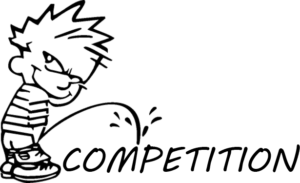
Most companies set out to be different, they find a niche or weakness in the industry that allows them to quickly grow.
We all start with the creation of a great SWOT analysis to know how we stand out from everyone else. Those that succeed are the ones that actually stick to their niche; building brand loyalty and creating clear product differentiation.
You can do the same, it just means that you do not allow your competitor’s actions to be your guiding light for your marketing strategy. To truly stand apart from your competition, find out who your ideal customer is, understand their pain point., learn how to talk to them, and continually try to improve their brand experiences.
By using your own factual data, you will see an increase in product differentiation, lower cost per customer, and speed of your sales cycle due to your honed in the approach of your customers’ needs.
It’s your turn to stand out!
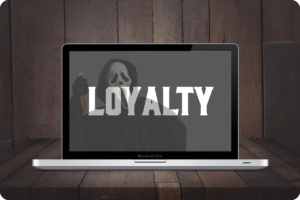
Throughout my blogs you will undoubtedly hear me preach the need for automation across all areas of marketing as well as any operation. Yet, there are negatives to automation.
Look at your inbox right now (I know you won’t but at least imagine it?) How many of your emails are coming from real people? How many emails do you receive that you are emotionally attached to?

Commonly it is a very small percentage. Automated messages (especially in email) are so easy to create and are making it incredibly easy for marketers to reach an enormous amount of prospects in one send.
But at what cost?
Physical cost.. almost nothing. Email still remains one of the most cost effective mediums in marketing…
The cost of loyalty and attachment to a brand is the cost. They are costing companies more and more each year.
Throughout the digital transformation movement we have been looking for ways to automate the processes across all departments. Although in doing so we have also deteriorated the one-on-one relationships that were typically so important to make a sale.
On the plus side, the cost of acquiring customers has dropped but on the negative side, we are seeing the public lose their loyalty for brands more and more each year.

This is because we are no longer aiming to build a relationship, we are looking to push promotions, sales, and nurture campaigns all through automated messaging.
The truth is, every consumer knows what these emails look like, they have become numb to them and they tend to blend together in your inbox. At no point does someone feel like they are special to that brand in a mass email, because they always know that the email was sent to more than just them.
Many emails have attempted to move to plain text to solves this, but truly it is fooling no one, especially when the unsubscribe button is at the bottom.
Anyways, because of this tactic, consumers and businesses do not have the emotional connection with one particular brand, instead they are moving from brand to brand based on whatever variable means the most to them (this is commonly coming down to price).
This does not mean that you your business should shut down your automated messaging or your large email sends (they are most likely generating a positive ROI), but it does mean that you should be looking into initiatives to delight your customers, create one-on-one relationships, and drive emotion.
In a small business with limited resources it can be tough to build this one-on-one relationship effectively, here are a couple:
Every company is dropping in your contact details from a CRM into mass email cadences. These personalizations do wonders for open rates and click rates, but the truth is they nearly do nothing for loyalty.
In order to really build loyalty you need to show information that goes past the conventional informational plug-ins.
This type of information is typically something that you learned from a discussion and that is commonly a personal trait rather than a company trait. Such as; where you went to school, planned or previous vacation spots, etc. by referring back to these non-typical pieces of information, you prove that an individual is listening and a relationship is able to be established.
This can be easily done with just listening to your customers/prospects and maintaining your CRM. If you know your way around marketing automation, it is very easy to put in a workflow. (Automating works if nobody knows)
It feels like everyone has a loyalty program these days. Although do they really drive loyalty? I personally believe they only eliminate even competition but not truly create loyalty.
For example, I loved Delta Airlines. Even before being in their reward club, I preferred their service over any other airline. Even though they are giving me perks to fly with them, I am still cost sensitive. I will happily choose Southwest Airlines if they come in at a lower price.
My point here is that when a rewards program offers the sames incentives to everyone, you can strengthen the preference to use the product, but you do not gain die hard loyalty.
Building Die Hard loyalty takes one-on-one behavior. This can be easily done by sending gifts. Not the typically Holiday gifts companies send “Happy holidays from ABC Company” – that’s not personal at all.
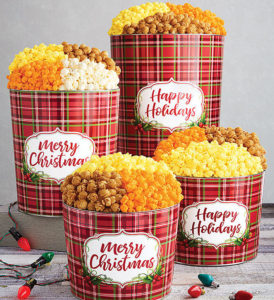
Hungry? Here is the link.
Instead sending them gifts for things then never expected. Some of these events could be; hitting milestones that were not disclosed prior, big news that happened to their company (Google alerts can help you with finding those), promotions, etc.
By catching people by surprise with gifts shows them there is a one-on-one relationship and that they are far more than a typical customer.
Think about your shopping experience, how often is another human involved. If you say “frequently” then one of us is shopping wrong.
eCommerce and large bx stores have made the customer service part of buying only there when you need it. Is this bad? Not for me. I wear giant head phones when I shop for a reason.
On a negative side, it makes it really tough to build an emotional connection. You never interact with a human, meaning whatever buy is just a product, which can most likely be found in numerous locations (AKA your competitors)
In an eCommerce setting we have noticed a huge growth in chatbots for this reason (seriously did Drift just become a massive company overnight?) But that is not enough.
Look to putting an actual human face to the experience of buying. Even better the same human face!

Through today’s marketing platforms you can assign a customer to a current employee and make that employee the name that sends emails, the face that is on chat, the one that is on a note in a shipment, etc. By building that one-on-one experience, you can drive a feeling of being a partnership, rather than just a product?
Did I miss other ways to get up in peoples’ personal space? Let me know in the comments below!
Starting with your email.
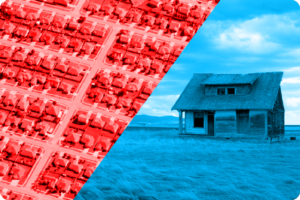

Are we B2C or B2B?
“Blue Ocean products are full of UNCERTAINTY.”


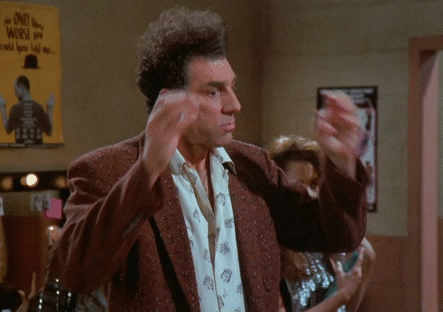
One email – right to your inbox every Thursday




^ Simplicity #ForTheMillennials
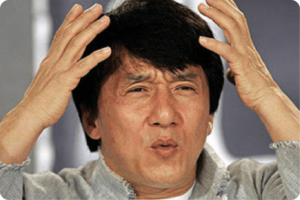
When you host a dinner party and want to spread the word, how often do you say:
come over to my collection of piping, wood, metal, and wire to have dinner?
I would assume you would not have many takers. Most of your guests and maybe even some family members would offer the quick response of, “I got plans on whatever night you are talking about!”
It’s weird to be that descriptive so, let’s instead be less descriptive in this invite:
You have been cordially invited to a 4 bedroom, 2.5 bath for dinner
This invite is better than the first, but yet… I am sure all the guests will be expecting you to make a sales pitch on why they should buy this amazing property you have invited them to!
Ok. One more time, let’s get even less descriptive.
Dear friends, please come over to a building to drink to our heart’s content and devour an ungodly amount of food.
The ending completely sold me.. but still, most of the guests will still be a little wary of attending because of “a building”.
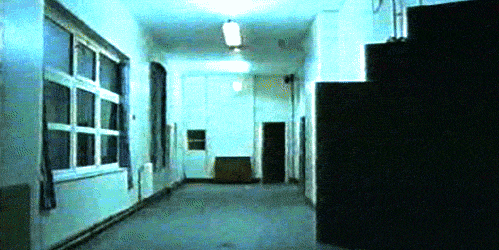
The point I am trying to make is that in our personal lives we always speak about purpose. You would always tell people to come over to your house or home for dinner.
What the word house or home adds though is the “Why” it is there.
Why is there a collection of piping, wood, metal, and wire? Why is there 4 rooms and 2.5 baths? why is there a building?

House or home, makes it clear that it is for protecting residents, it is a residence, and that there is most likely furniture inside.
By knowing the WHY of something people are comforted and it drives an emotional connection.
Yet, in marketing, we do not always follow the same practices.
Commonly, businesses get so caught up in their offering or what they are creating, that they forget why they are doing it.
To make things even worse industry trends play a big role in this too:
These terms are so popular that companies just drop them into their product descriptions out of nowhere.

By adding these keywords companies are getting further away from why they do what they do and making the product less comprehensive to the end user.
For example, one of my favorite content marketing tools Atomic Reach.
The What – Big Data and Ai for Content marketing
The Why – Grow traffic and conversions using data pulled from your audience
As you can see “the what description” may tell me what the product is, but it has not told me the benefit of having it.
The why gives me a reason to try the new technology in order to boost my marketing performance.
This all seems like basic knowledge, but when you are a business that is so proud of what you have created, you tend to want to tell every person every detail.
The truth is, most people simply do not care.
I use Atomic Reach all the time, not once have I asked them their algorithm, how information is gathered, or how content specifics are scored.
The only thing I care about is that the performance of the content I create increases and that I can produce high-quality marketing with more precision.

I am not saying that companies need to delete all your product details or remove “the WHAT” from all your website and marketing materials.
What I am saying is that “the what” should never lead your marketing or sales pitch.
At times, especially for complex products, specific details are needed to make a final purchasing decision.
This is a great use for a product specifications page, a table on the website, a one-pager, or a brochure.
Anything that the user can quickly obtain to get the more information once it is needed, this is preferably distributed without the need to contact personnel in the company; eliminating sales friction and speeding up the sales process.
To engrave this thought a little bit further, I leave you with Simon Sinek. For a further deep dive into this topic, I would also recommend his book “Start with Why.”
Romantic.. right?

